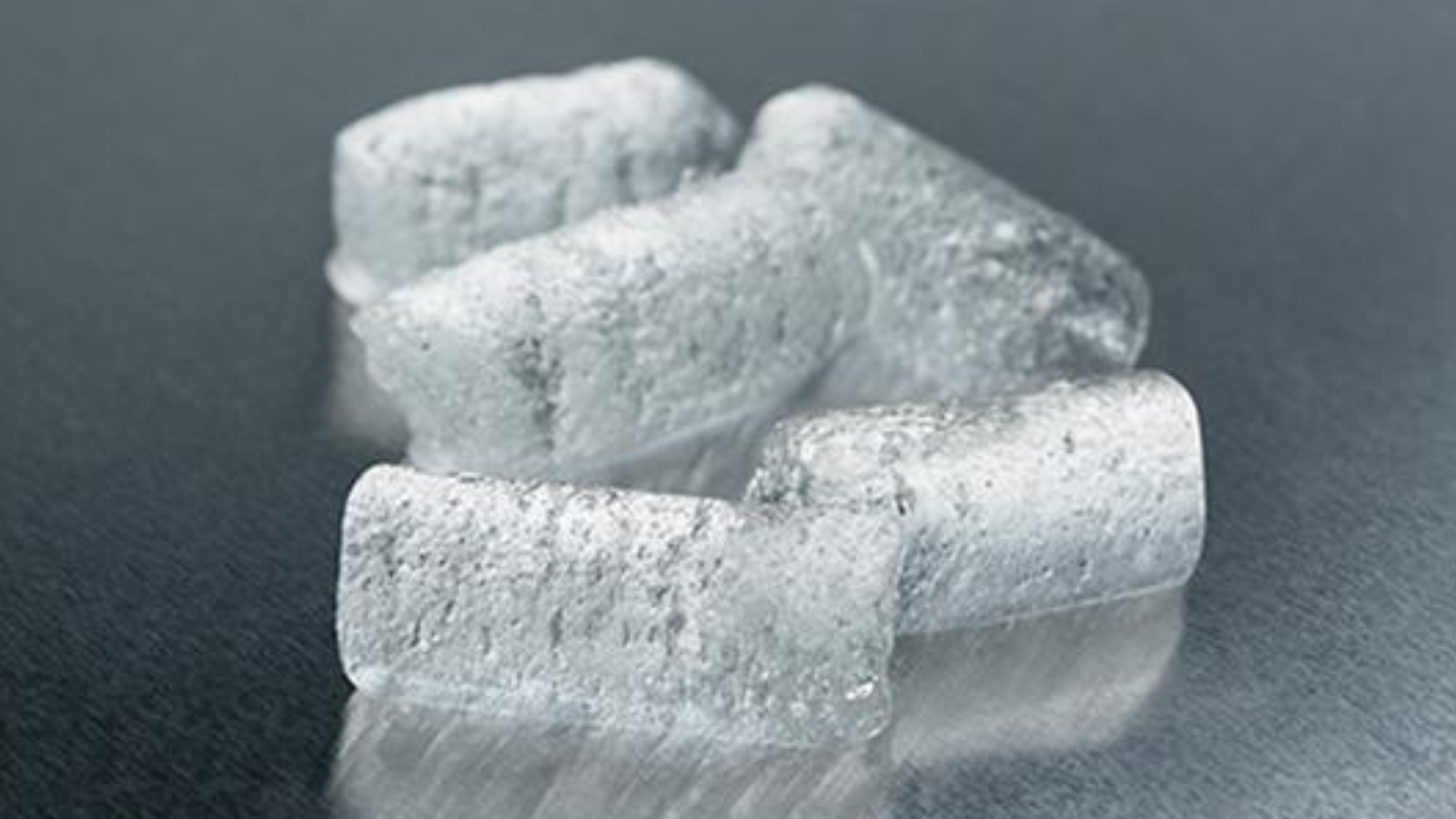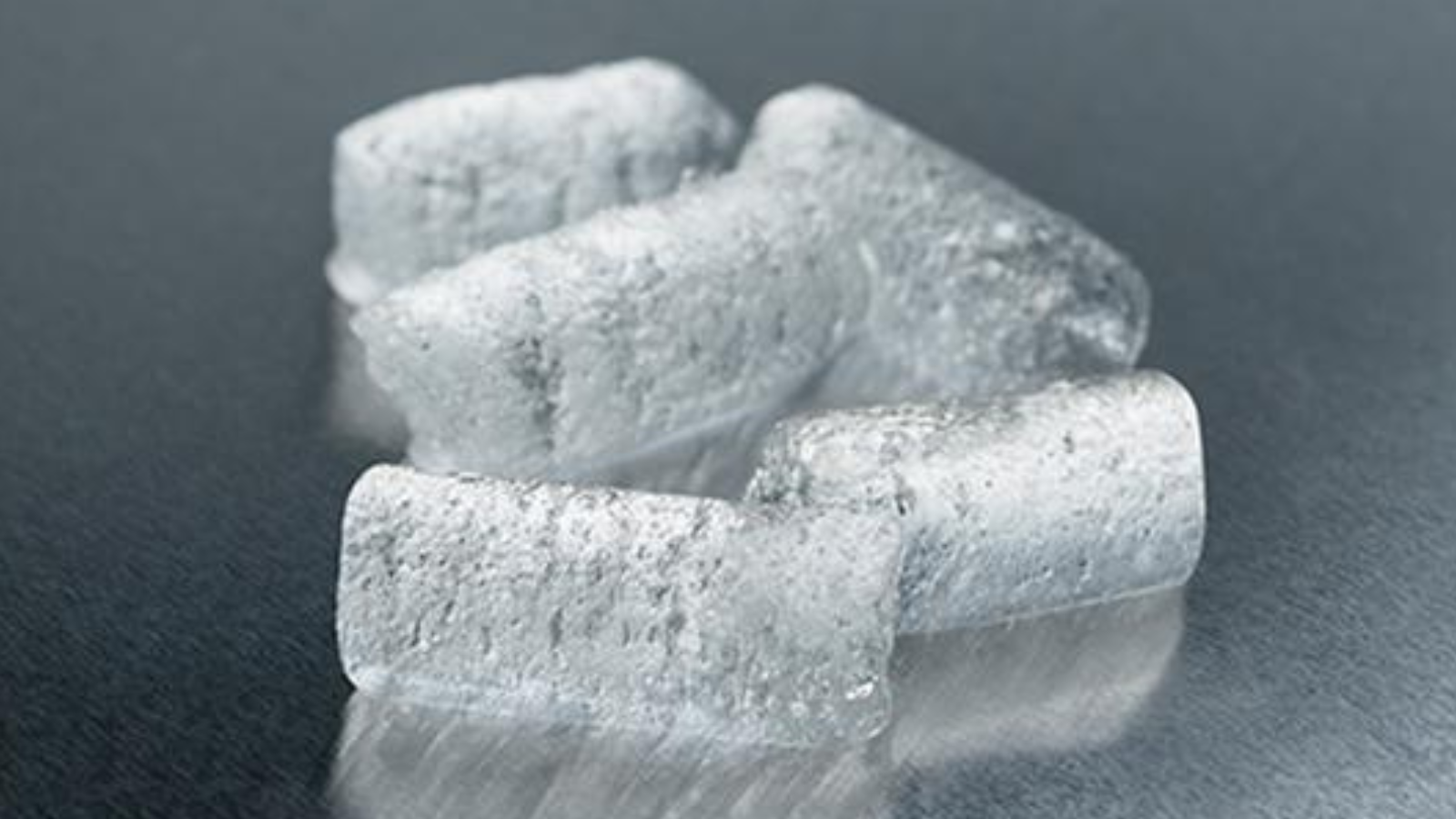
Just about every type of foodservice operation needs ice. It plays a crucial role in not only serving customers but also in preserving food. That's why it's important to use the right ice for the right situation. You wouldn't use cocktail ice, for example, in a seafood display.
Selecting the right ice is both an art and a science. Knowing how the features of one ice shape will provide benefit over another shape is critical, and we'll explore those concepts in greater detail here.
All Ice Cubes Are Not Created Equal
Choosing the right ice is essential to providing the best customer service possible. Different types of ice offer unique benefits and opportunities. Here are some basic ice shapes that everyone should know:
Traditional Ice Cubes
These most common cubes are all about cooling liquids. From iced coffee to rum and Coke, traditional ice cubes are the workhorse of ice shapes and can benefit a wide range of applications.
Flake Ice
This ice is soft, sort of like snow. The small ice flakes are flat in shape. They melt quickly to help cool beverages, produce, and perishables fast and efficiently. This ice is also great for packing, helping to shield perishable products from damage. Flaked ice is less for beverage consumption and more for food and beverage displays. If you've ever seen oysters in a seafood display? That's likely flaked ice.
Chewblet Ice
The candy of ice, Chewblet ice is comprised of roundish, chewable shapes that are popular amongst soda connoisseurs for their chewability and operators because they can drive soft drink sales. In fact, the chewy texture and unique ability to absorb flavors of the liquids they cool are so popular that many establishments are known in part for their nugget ice. For even smaller options, Micro Chewblet ice can be great in healthcare applications where a smaller mouth presence is required.
Features, Benefits of Ice Cube Types
To know a bit more about the unique qualities of each type of ice cube, consider the features and benefits of each to determine what type will work best for your operation.
- Traditional ice cubes: Clear, melts slowly, best for beverages
- Flake ice: Soft, moldable, perfect for the display of perishables, cooling, and blending
- Chewblet ice: Chewable, easy to pack, ideal for blended beverages and smoothies
Choosing the Right Ice Cube
With so many ice cube options to consider, it is necessary to consider the needs of the operation, the types of drinks that will be served, and the equipment that will be used with the ice. Because each ice cube has unique features and qualities, consider the aesthetic appeal that each offers, as well. This can also play a role in value. High-end cocktail ice, for example, would be misused in certain applications and contribute to higher costs that may not be required. Simply put, finding the right ice shape leads to a more accurate application, better aesthetics, and a healthier bottom line.
And be sure to talk with an expert. When considering how to select ice, discuss options with a trusted ice machine professional who understands how different ice cube choices can impact a business, both from an operation's and a customer's satisfaction perspective.


